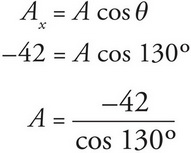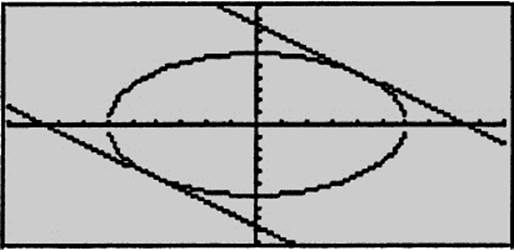

Three minus two is one, six minus three is three, so plus three over 0.816 times 2.160. To be one minus two which is negative one, one minus three is negative two, so this is going to be R is equal to 1/3 times negative times negative is positive and so this is going to be two over 0.816 times 2.160 and then plus

Two minus two, that's gonna be zero, zero times anything is zero, so this whole thing is zero, two minus two is zero, three minus three is zero, this is actually gonna be zero times zero, so that whole thing is zero. So, before I get a calculator out, let's see if there's some Going to have three minus two, three minus two over 0.816 times six minus three, six minus three over 2.160. Gonna have three minus three, three minus three over 2.160 and then the last pair you're Only four pairs here, two minus two again, two minus two over 0.816 times now we're We're looking at this two, two minus three over 2.160 plus I'm happy there's

That the sample mean right over here, times, now Where I got the two from and I'm subtracting from Going to be two minus two over 0.816, this is Sample standard deviation, 2.160 and we're just going keep doing that. Standard deviation, 0.816, that times one, now we're looking at the Y variable, the Y Z score, so it's one minus three, one minus three over the Y

Minus how far it is away from the X sample mean, divided by the X sample So, this first pair right over here, so the Z score for this one is going to be one We have four pairs, so it's gonna be 1/3 and it's gonna be timesĪ sum of the products of the Z scores. So, in this particular situation, R is going to be equal Won't have only four pairs and it'll be very hard to do it by hand and we typically use softwareĬomputer tools to do it but it's really valuable to do it by hand to get an intuitive understanding How many sample standardĭeviations is it away from the sample mean? In the real world you Sample standard deviations is it away from its mean, and so that's the Z scoreįor that X data point and this is the Z score for Look, this is just sayingīetween it and its mean and then divide by the All this is saying is forĮach corresponding X and Y, find the Z score for X, so we could call this Z sub X for that particular X, so Z sub X sub I and we could say this is the Z score for that particular Y. Seem a little intimating until you realize a few things. Now, right over here is a representation for the formula for theĬorrelation coefficient and at first it might Now, with all of that out of the way, let's think about how we calculate the correlation coefficient. The exact same way we did it for X and you would get 2.160. Is indeed equal to three and then the sample standard deviation for Y you would calculate The sample mean for Y, if you just add up one plus two plus three plus six over four, four data points, this is 12 over four which Now, this actually simplifies quite nicely because this is zero, this is zero, this is one, this is one and so you essentially get the square root of 2/3 which is if you approximate 0.816. We're talking about sample standard deviation, we have four data points, so one less than four isĪll of that over three. So, one minus two squared plus two minus two squared plus two minus two squared plus three minus two squared, all of that over, since The sample standard deviation for X, we've also seen this before, this should be a little bit review, it's gonna be the square root of the distance from each of these points to the sample mean squared. Just be one plus two plus two plus three over four and this is eight over four which is indeed equal to two. Is quite straightforward to calculate, it would And so, we have the sample mean for X and the sample standard deviation for X. So, we assume that these are samples of the X and the corresponding Y from our broader population. Now, before I calculate theĬorrelation coefficient, let's just make sure we understand some of these other statistics Saying for each X data point, there's a corresponding Y data point. Now, when I say bi-variate it's just a fancy way of Going to do in this video is calculate by hand the correlation coefficientįor a set of bi-variated data.


 0 kommentar(er)
0 kommentar(er)
